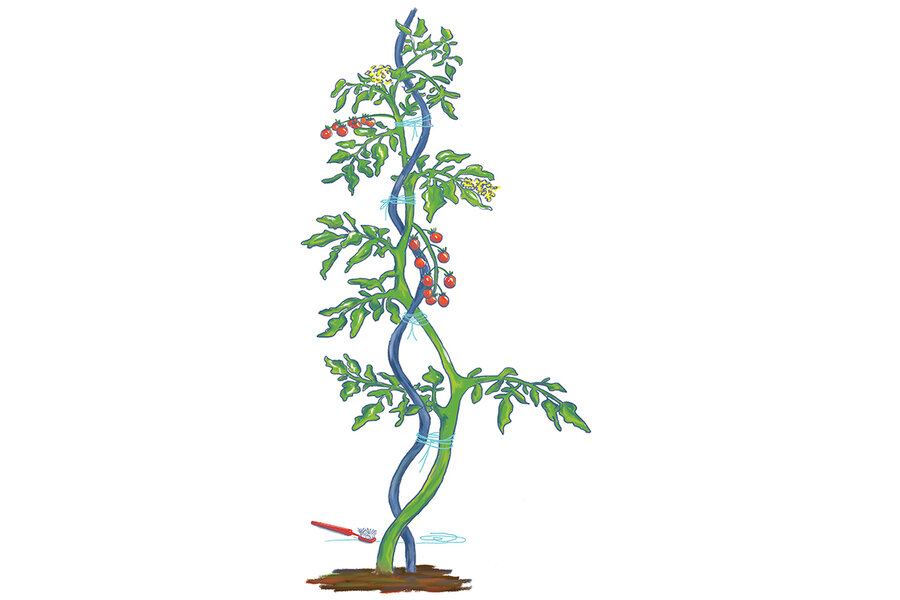Navigating the boundaries of thrift
Loading...
One of the most valuable and persistent life lessons I received from my Depression-era parents was the concept of thrift. The word doesn’t seem to have currency today, and with good reason: We live in a throwaway culture where it is often cheaper to replace an item than repair it. And even when a repair is cheap and easy to accomplish – think of putting a patch on a pair of jeans – the very idea seems quaint, or unthinkable, or a waste of time.
What’s being overlooked here is the joy of thrift – the idea of renewing something and giving it a second life. Let me explain by way of example. Years ago I was visiting family in New Jersey. I was sitting at the table, eating a piece of peach pie out of the aluminum pan it came in. When I was done, I asked my brother what I should do with the pan. His response: Throw it away.
After living many years in utilitarian Maine, I was horrified at the thought and told him the following: “In Maine, when you open a can of peas, you use the lid and bottom of the can to nail up mouse holes. Then you cut the can and flatten it for use as a spare shingle. You use the label of the can as a garden marker, and of course you eat the peas.”
After this little speech, my brother, clearly unimpressed, took the pie pan, crumpled it up, and threw it away. My heart sank, but what could I do? I was clearly in enemy territory.
And so I quietly and persistently pursue the joy of thrift. As the heels and toes of my socks give out, I lay them aside. I wait for a cold, snowy winter evening. I light a fire, put on some music, snuggle into the sofa, and languidly darn the socks, one after the other. In the hectic rush of daily life, my socks counsel me to slow down and dwell in the gift of a quiet evening. Beyond this grace, I am rewarded with a pile of born-again socks. I know it would save time to simply throw the socks out and buy new ones, but that would deny me a cozy interlude.
I live in a university town. Down the road from me is a neighbor, Roxann, who drives a pickup. One of her great joys is dumpster-diving near the student dormitories. Every so often she stops at my house and, like an itinerant peddler of yore, asks, “What do you need?” I go out to her truck and am agog at the gleanings: designer shirts, coffee makers, fans, shoes still in the box, kitchen utensils, ball caps, and, yes, brand new pairs of socks. The students have thrown all of these things out, but their lack of heed is the source of Roxann’s joy, which is magnified by her desire to share with others.
In extolling the virtue of thrift, I know to avoid going overboard. There is a line between thrift and hoarding. I can use an extra cardboard box, but I harbor no need to warehouse every box that comes my way. I do, however, appreciate people who not only know what thrift is, but practice it. Sometimes we even try to outdo each other. I recently told a friend, “When I eat ice cream bars, I save the wooden sticks for mixing paint.”
“Oh, yeah?” he replied. “I save my used dental floss and use it to tie up my tomato plants.”
You win.





